What Are Antioxidants and Why Do We Need Them?
Every magazine article and tv commercial speaks about antioxidants and their seemingly miracle-working qualities. What are antioxidants really capable of and why do we need them? We take a little closer look.
Atoms, which make up molecules, are at the center stage of every chemical reaction that takes place within the body. To undertake ordinary chemical reactions, molecules should have a balanced charge. Balance in the molecules means everything is running smoothly, which translates to good health. The trouble begins when some atoms acquire an extra negative charge, transforming them into free radicals.
The free radicals roam the body looking for a balanced atom they can snatch an electron from to balance their charge. This solves the atom’s problems but creates another unbalanced molecule (free radical). As the free radicals increase in the body, many issues start to occur, including unhealthy chemical reactions and uncoordinated body functions. The resulting chemical stress can lead to diseases such as cancer, arthritis, respiratory and heart diseases. As long as there are free radicals in the body, the chain reaction continues, causing more chemical imbalances.
What is an antioxidant?
The damage caused by free radicals is known as oxidative stress. To counteract the oxidative stress, you require antioxidants. These are atoms whose work is to give the radical atoms the electrons they need to balance the charge. When there are enough antioxidants in the body, free radicals do not need to steal atoms from other atoms, breaking the chain.
Antioxidants that give away their electrons become oxidized so the radical molecules can gain balance and stop damaging the cells. Their mission is to find free radicals and prevent the reaction and formation of new radicals.
The key to chemical reactions is that they take place in the atoms, the core or foundation of the cells that make up the body organs. If the chemical reactions are altered in the cells, the entire body will react differently.
Origin of Free Radicals
Inhaling pesticides, household cleaners, smoking, radiation, alcohol consumption and exposure to industrial waste can expose you to free radicals. Processed foods, sugary foods, some medications, and emotional stress may raise the levels of free radicals in the body. This means that you need to take care of your diet, understand the chemical composition of prescribed drugs and steer away from radiation therapy if possible.
To ensure the body’s supply of antioxidants outnumber the free radicals, limit chemical exposure and consume foods high in vitamins and minerals. In fact, we recommend that you fill your plate with all colors of food. This ensures you get all the required nutrients to fight off the free radicals.
How do you get more antioxidant power?
Diet is one of the most important considerations. As you will realize, you cannot prevent the total formation of free radicals or oxidation because these are some of the byproducts of the body processes. Supplements and foods rich in minerals and vitamins are vital in achieving the optimal power to clean the body and stay healthy. Vitamin C is one of the vital nutrients 
To boost the protective power, you should make a conscious decision to eat foods high in antioxidant power. These include whole grains, fruits, and vegetables. It is important to note that how you prepare your meals can preserve or destroy their potency or ability to fight off destructive elements in the body. Deep frying food leads to oxidation and breakdown of nutrients and so does overcooking. Cooking over low heat ensures all the nutrients stay intact.
Stick to a healthy diet and ensure you include foods rich in Vitamin C, A, E, lutein, flavonoids, selenium, and lignan. As noted earlier, vitamin C is the best antioxidant, so make sure you eat foods rich in the vitamin, such as citrus fruits, strawberries, and green leafy vegetables.
If you are worried about oxidation effects on your body, find solace in the fact that most bodily organs have a natural way of protecting themselves from this dangerous process. They can produce chemicals to fight oxidation and protect their cells from free radical damage. Being aware of the effects free radicals can have on your body can help you make better diet and lifestyle choices.
If you have questions about antioxidants in your body, contact our office today!
Lear MoreMelanoma Awareness: What Is It? What Are The Signs?
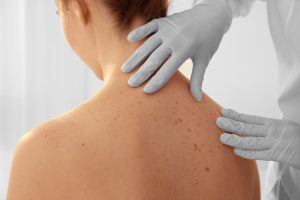
What Is It?
Cancerous growths develop when the DNA of skin cells experiences extreme damage. This is typically caused by intense exposure to ultraviolet radiation, either from the sun or tanning beds. The damage triggers maladaptive genetic mutations, causing the skin cells to multiply rapidly and form malignant tumors. These often take place in moles but can affect other areas of the skin as well. In fact, when melanoma develops, it often takes the form of a mole, though the coloring can be very different.
Causes and Prevention of Skin Cancer
Genetics, as well as skin type, can cause a person to be more prone to developing this type of skin cancer. The following factors have been shown to increase your susceptibility:
- High mole and/or freckle density
- The presence of atypical moles, age/sun/liver spots or birthmarks
- Having pale or fair skin
- Having red, orange, or light-colored hair
- Getting sunburned fairly regularly
- Frequent exposure to the sun
- Family history of this or other skin cancers
Unfortunately, many of these factors are unavoidable and out of an individual’s control. However, regulating the amount of time you spend in the sun, as well as practicing proper skin care strategies when in the sun, are factors that a pre-disposed person can take extra care to control. Avoid tanning beds at all costs, wear clothes that prevent the penetration of the sun’s rays, opt for sunscreen with a minimum 4-star UVA protection rating, and regularly (and liberally) reapply it, especially after swimming.
Skin Cancer Signs and Symptoms
The first signs and symptoms present as atypical moles or irregular marks on the surface of the skin. Dermatologists advise patients to use the ABCDE self-examination strategy in order to monitor their moles and be aware of any changes. Using this method, the most common signs and symptoms can be noticed early, making your overall prognosis better.
- Asymmetry- An easy way to detect asymmetry is to mentally draw a line down the middle of a mole. Do the two sides match? If not, this is a big red flag.
- Borders- Normal (benign) moles have smooth, even borders. A mole with notched or uneven borders is a cause for concern.
- Color- Most moles are an identical shade of brown. Having a variety of shades and/or colors is another big warning sign, especially if those colors include red, white, or blue.
- Diameter- Benign moles typically have a small diameter. The diameters of atypical lesions often exceed the size of a pencil tip eraser.
- Evolving- Common moles do not change much over time. When a mole begins to evolve in any way, contact a doctor.
Skin Cancer Types
There are four types of melanomas. The most common, ‘Superficial Spreading’, presents on the abdomen, back, or limbs. Cells grow slowly at first before spreading across the skin. ‘Nodulars‘ grow more quickly than others and tend to turn red. ‘Lentingo Malignas‘ are less common and typically affect older people. Starting as a type of stain or freckle, it grows slowly and is less dangerous than other types. The final, ‘Acral Lentiginous’, is the rarest type and usually appears on the palms, under the nails, or on the soles of the feet.
Diagnosing Skin Cancer
After noticing changes in the moles or skin, seek medical help immediately. Dermatologists like those at Universal Dermatology & Vein Care can use microscopic or photographic tools to examine the lesion (‘skin abnormality’). If the doctor suspects the presence of skin cancer after this examination, he/she may refer you to a cancer specialist in order to undergo a biopsy, which involves taking a sample of the lesion in order to test the cells in the laboratory. A biopsy will confirm or deny the presence of cancerous traits in your lesion.
Skin Cancer Treatment
For the most part, methods for treating skin cancer are similar to those that treat other types of cancer. However, unlike with many cancers that affect the body internally, skin cancer is easier to remove completely, as it is presented on the outside of the body. Removal surgery is the most common treatment. The procedure involves cutting out the lesion as well as the tissue surrounding it.
If the lesion is too large for this procedure- meaning it covers an extensive area of the skin- a skin graft may become necessary. Skin grafting is a surgical procedure by which normal, healthy skin is removed from one part of the body and is transferred to the affected area. In the event that it has spread to the lymph nodes, a biopsy may also be performed there. Chemotherapy, biological therapy (using drugs to strengthen the immune system), and photodynamic therapy (using drugs, light, and radiation) may also be used in treatment, though they are less common.
Prognosis of Skin Cancer
Although it is considered the most dangerous form of skin cancer, it can still be treated successfully. When recognized and treated early enough, it is almost always curable. However, neglecting to take care of your skin (especially if it is sensitive or relates to any of the risk factors listed above) and failing to monitor and report changes can allow the skin cancer to advance and spread to other parts of the body. Like other cancers, if melanoma spreads, it becomes much more difficult to treat. Preventative care and early action greatly improve your prognosis and, as such, are invaluable tools for beating this type of skin cancer.
If you have any questions about skin cancer prevention or detection, contact the experts at Universal Dermatology & Vein Care!
Lear MoreThe Benefits of Dermaplane

Quick Facts About Dermaplane – An Effective Non-Invasive Skin Care Treatment
Dermaplane is an effective skin care treatment alternative to microdermabrasion for rejuvenating and replenishing the skin. It involves gently removing the top layer of the skin and peach fuzz, revealing smoother, more youthful, glowing skin. Below are some of the facts and benefits associated with the procedure:
1. Dermaplane procedures must be carried out by licensed aestheticians who are certified and trained to safely perform the treatment.
2. Dermaplaning is performed every three to four weeks to safely and effectively remove skin buildup, including dead cells and vellus hair (the tiny hairs on the skin’s surface commonly referred to as ‘peach fuzz’).
3. With the exception of some slight redness post procedure, dermaplane is quick, painless, and has virtually no downtime.
4. The dermaplane procedure is simple and can be easily likened to shaving the skin.
5. Dermaplane is great for exfoliating skin, offers better results than traditional microdermabrasion and is gentle enough to still be performed with a chemical peel.
6. Removing vellus hair will not cause hair to grow back thicker, fuller, or darker.
7. Skincare products will be able to penetrate the surface of the skin easier, making the products more effective.
8. Makeup will be easily applicable to the skin and will result in an effortless look.
Our Dermaplane Procedure:
If you have tried traditional microdermabrasion and have not had the results you want, then dermaplane may just be the skin care procedure for you. Here at Universal Dermatology and Vein Care, our team uses the latest available technologies to help safely and effectively bring you the results you want – smooth, healthy, youthful, glowing skin.
Lear MoreTips For Rosacea During Spring
Spring has sprung and so has flare-ups from rosacea. Many patients have difficulty with this common skin disease when the seasons change, but the changes from winter to spring seem to be the worst.
Springtime is the season where rosacea is most aggravated by the increased sun, wind exposure, temperature change, and outdoor activity. It’s essential for rosacea patients to know what triggers their condition, learn how to avoid the triggers and follow a rigorous skin care regimen when flare-ups occur. Here are some skin tips to keep your rosacea under control as the weather warms.
1. Medical Therapy
Sticking with medications and treatments recommended by your dermatologist. Oral antibiotics, as well as those applied to the skin, along with other prescribed topical treatments, can go a long way towards keeping a flare-up in check. Considering undergoing laser and other light treatments during this time.
2. Proper Sun Protection
If your rosacea is exacerbated by sun exposure, make sure you wear a wide-brimmed hat whenever you are outside. Soaking up those rays after a long winter is tempting. Make sure that you always wear sunscreen that is rated SPF 30 or higher that blocks both UVA and UVB rays. Try a pediatric formulation or one for sensitive skin if sunscreen tends to irritate your skin.
3. Shield Yourself from Wind
Spring brings a lot of windy days. Whenever possible, trying to shield your skin as heavy winds trigger outbreaks in more than half of patients.
4. Moderate Exercise
It’s also tempting to go full out with exertion after a cold winter, but heavy exertion often triggers flare-ups. Try low-intensity exercise at more frequent intervals. When not exercising, avoid situations with high heat and/or humidity.
5. Lifestyle Considerations
Take care of allergies and colds as these conditions can cause flare-ups along with other conditions. Seek medical attention when appropriate. Limit stress and anxiety when possible and if certain foods tend to trigger flare-ups, also limit their intake when other conditions are present.
Lear More4 Skin Care Tips To Help Protect You From Skin Cancer During Spring

1. Use sunscreen with recommended SPF balance
The sun’s rays are harmful. The less of them that your skin is directly exposed to, the healthier your skin will be. Protecting your skin from the harmful sunrays is something you should be doing all year round. Sunscreen is one of the things you can do to protect your skin during the spring. Make sure that you use a sunscreen with an SPF of 20 or more on a daily basis to stay protected.
2. Avoid being in the sun between 10AM and 4PM
In addition to wearing sunscreen, avoid being in the sun whenever possible, and especially at times when it is most harmful. The sun is at its hottest and most harmful during the hours between 10AM and 4PM. If you must be in the sun during these hours, enhance your skin protection by moisturizing properly and using a sunscreen with an appropriate SPF.
3. Continue to moisturize for skin protection
While moisturizing heavily may be associated with the winter months, your skin needs to be continuously moisturized to stay healthy. Try using a lighter, oil-free moisturizer as you transition from winter to spring. This will help keep your skin from drying out and keep it looking and feeling great during springtime.
4. Drink water
Drinking water is one of the things you can do for your body that helps keep it healthy both inside and out. Ensuring that your water intake is sufficient will help you maintain hydrated and glowing skin as well as keep your body functioning well. Getting in the recommended daily amount is a good place to start.
Lear More
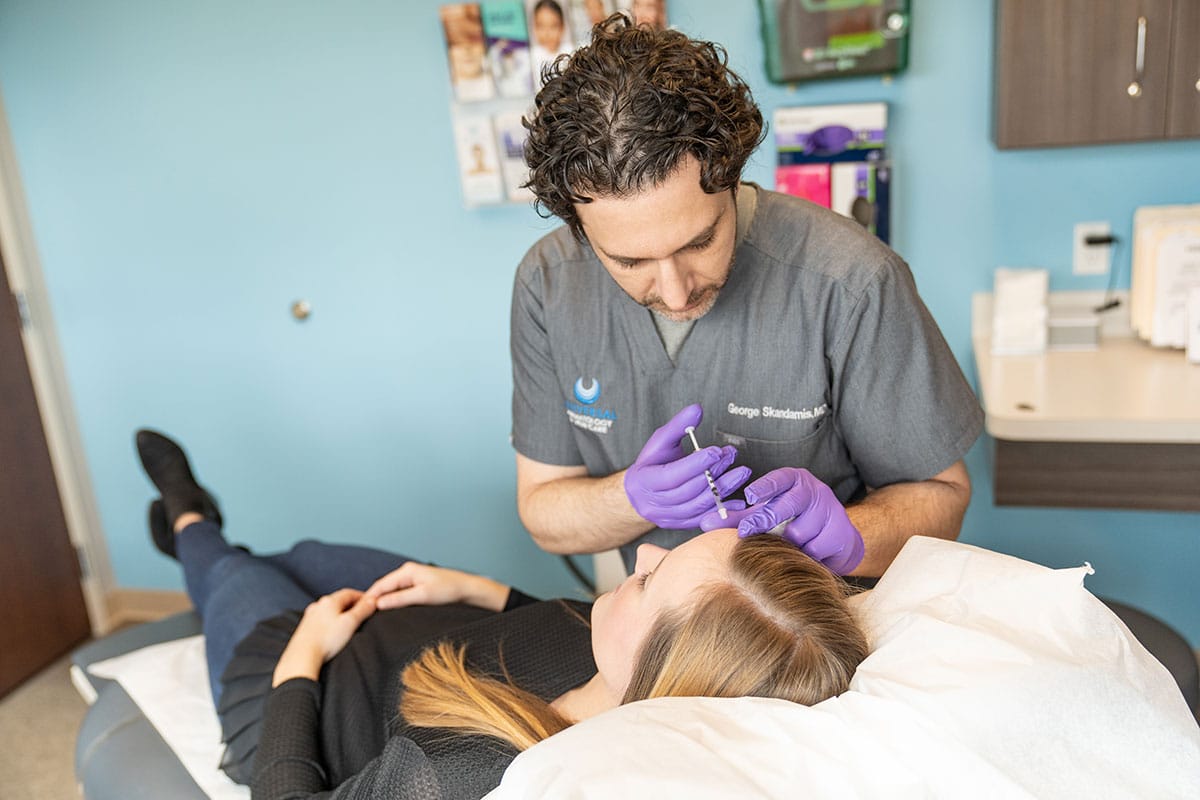 Our Dermatologists
Our Dermatologists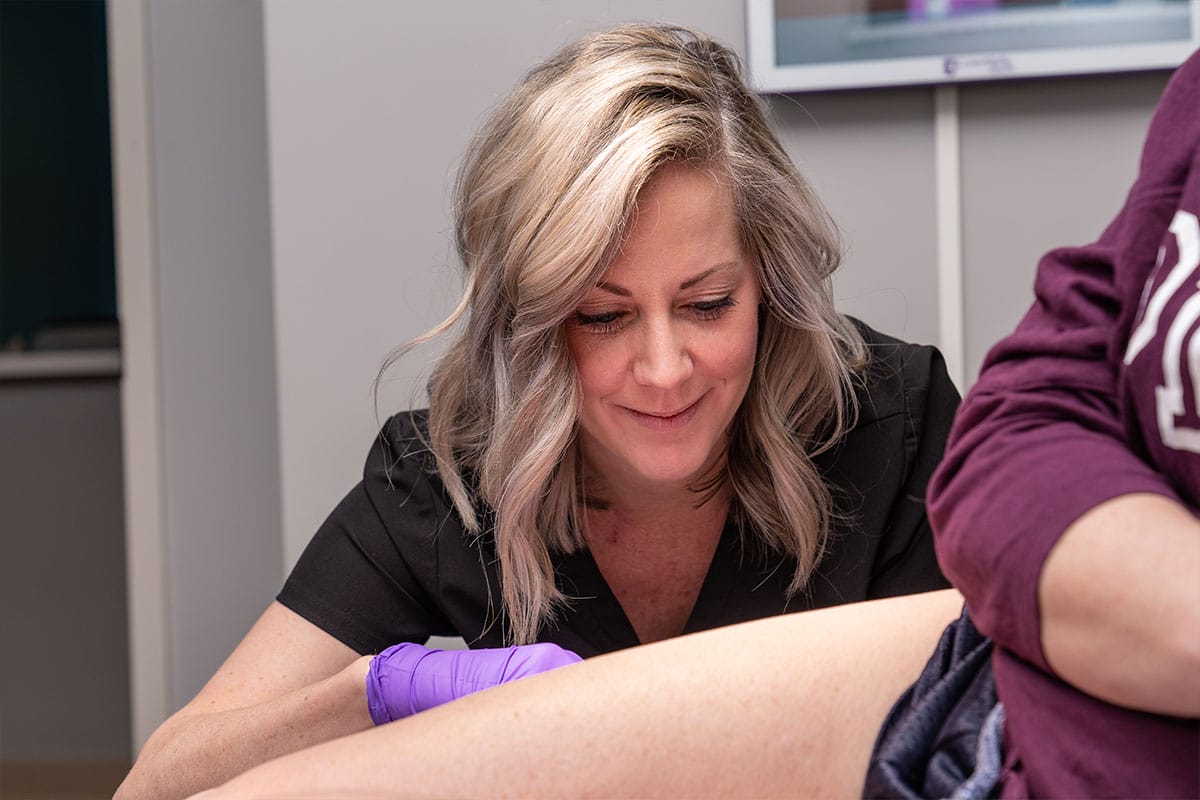 Our Providers
Our Providers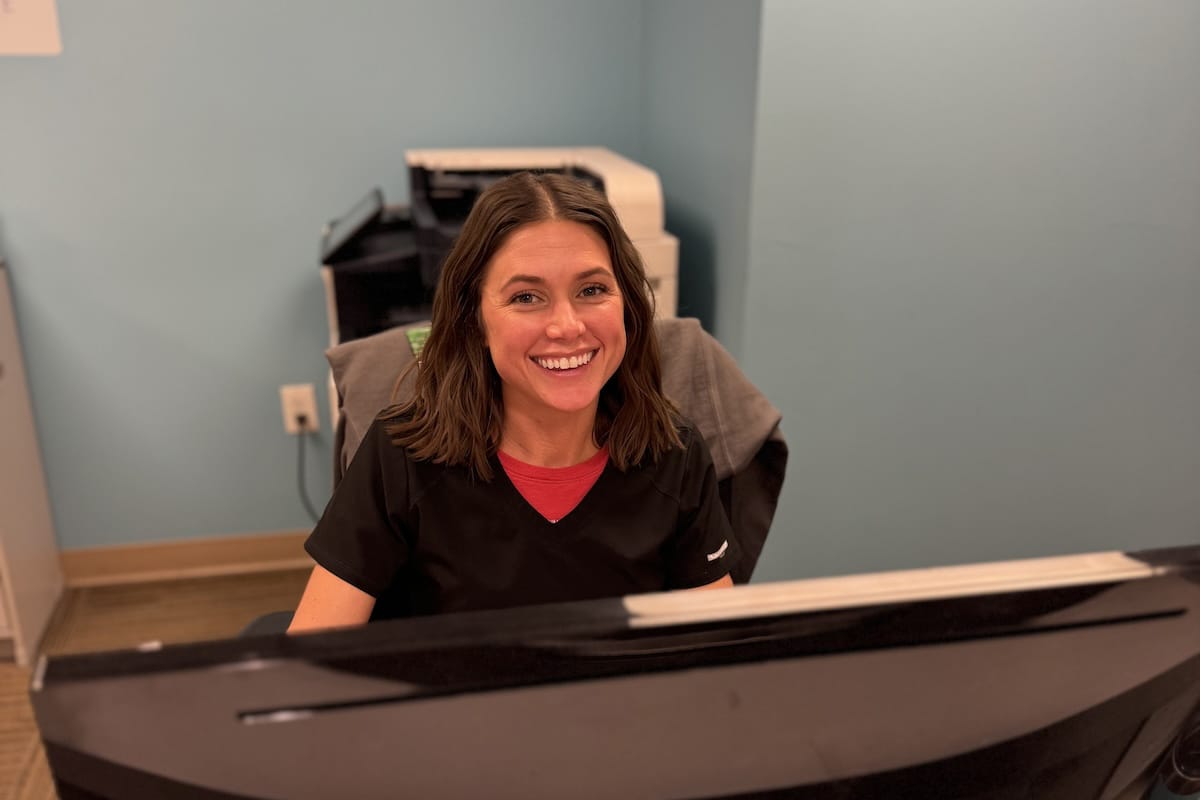 Our Staff
Our Staff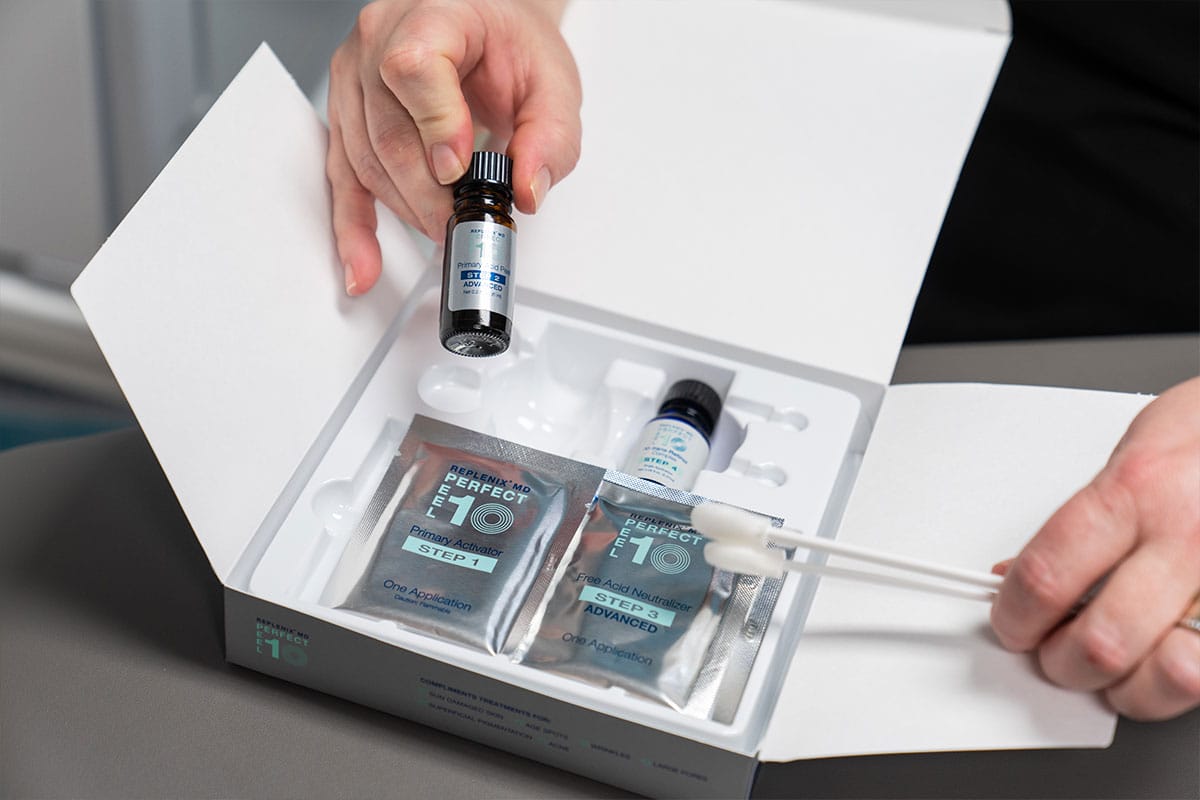 Specials
Specials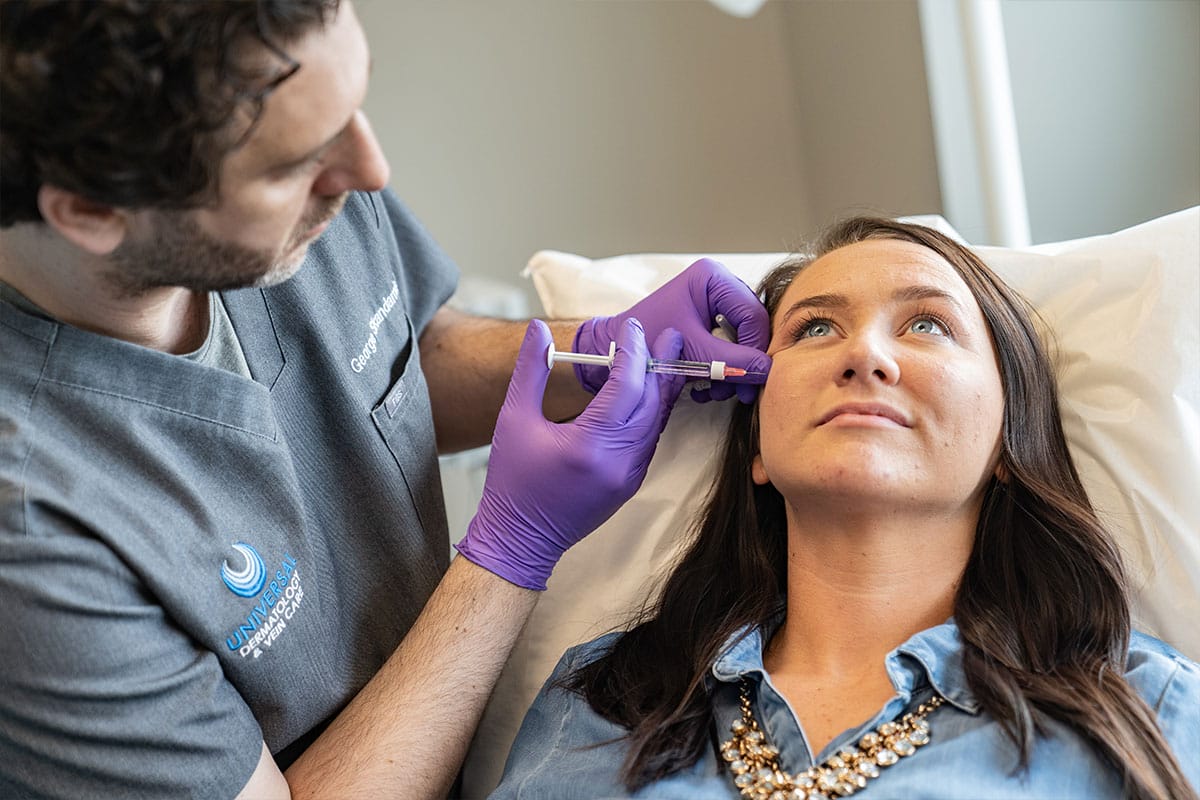 Financing
Financing Pay Bill Online
Pay Bill Online